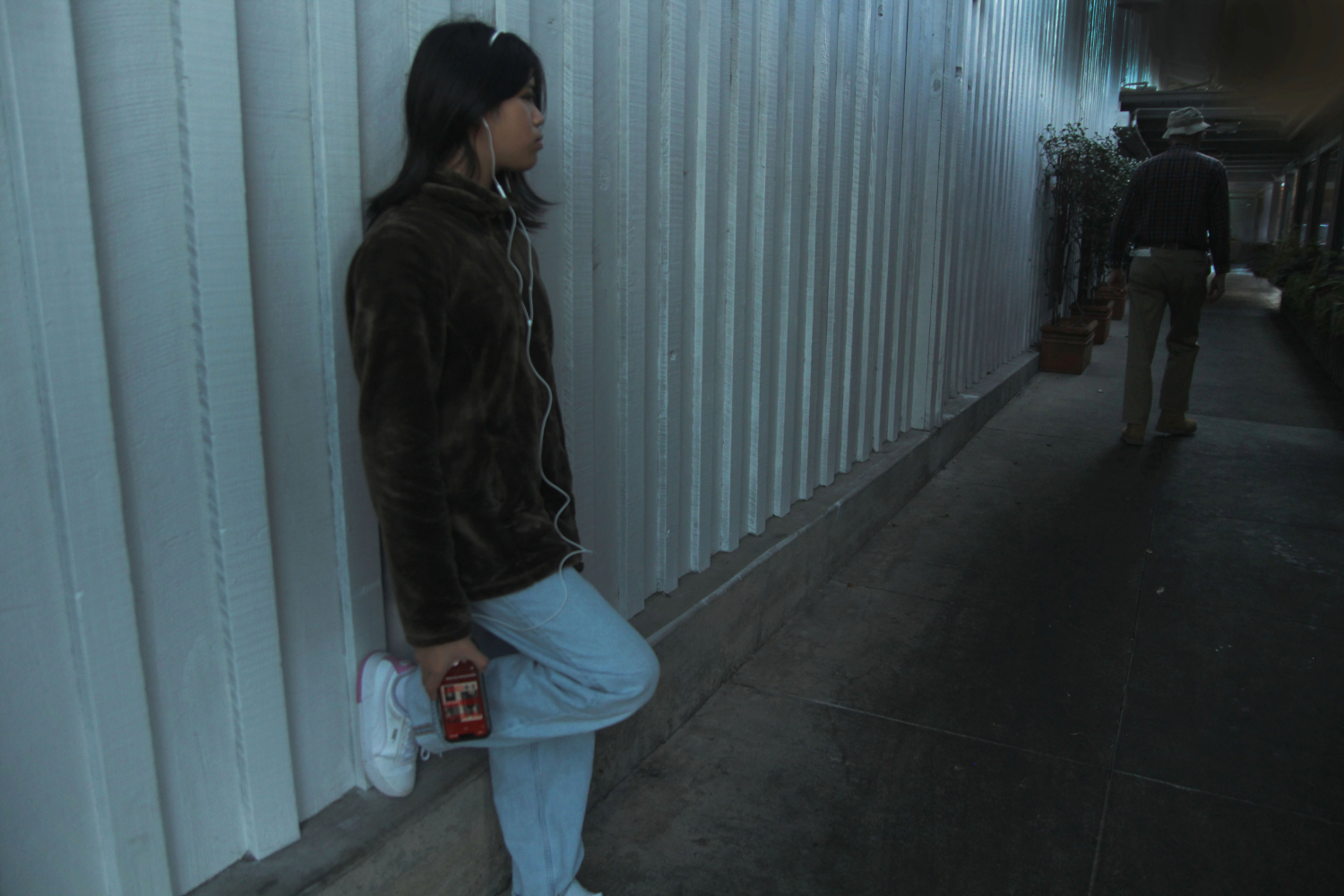In the dimly lit corridors of human history, a storyteller has existed for centuries, where the plot isn’t spun from an author’s vivid imagination but instead etched in the crimes of true human experience: true crime.
From documentaries to podcasts, true crime has become a cultural phenomenon, captivating audiences with its gripping tales of real-life horror stories. According to the Cambridge Dictionary, true crime is retelling these stories for entertainment value.
According to the article “When Podcast Met True Crime,” true crime has been around since ancient Greece, where it was a plot for entertainment in plays and dramas.
A popular genre has emerged from true crime content: true crime podcasts. According to the Pew Research Center, out of all Americans who listen to podcasts, 34% of them say that they regularly listen to true crime podcasts. True crime podcasts became popular in 2014, especially with the introduction of the Serial podcast.
After the release of the first episode, its popularity skyrocketed. According to Forbes Magazine, in 2014, “Serial” became the first podcast to reach 5 million downloads.
“I like a lot of documentaries on Netflix or Hulu. I also really like the unsolved ones on Netflix and I listen to some podcasts about it,” said Carlmont sophomore Erica Hu.
For Hu, listening to true crime is interesting as entertainment and she says that she can learn about the psychology of people in general.
“I feel like it’s kind of interesting because with some of the things you hear about true crime, you can’t believe it happened in real life and then it’s really interesting sharing what these people went through especially and what their experience was like and how it happened,” Hu said.
Today, many of the most popular podcasts are true crime podcasts. What makes true crime interesting for listeners is that these stories are real and have affected real people. However, listening to true crime also affects the ordinary listener.
.
Public Perception
According to Assistant Professor Andrew Baranauskas, Ph.D. at State University of New York Brockport, true crime stories are blown out of proportion.
“I get a little bit frustrated when I see some of these representations of crime framed as true, but they are not 100% true,” Baranauskas said.
Paul Kaplan, Professor of Criminal Justice in the School of Public Affairs at San Diego State University, believes true crime is still prevalent because of two points: the realistic aspect of it and the nonconformity of committing crimes.
“True crime presents itself as having actual consequences, as the stakes are higher than fiction. There are true consequences,” Kaplan said.
A feature of true crime is the appalling and gruesome stories that have happened, which ordinary humans don’t experience in their day-to-day lives.
Kaplan says these abnormal stories that don’t follow societal expectations are another reason true crime is compelling to viewers.
“In America in the 2020s, it is very constraining and limited in how you can express yourself, even though there is freedom. You’re expected to conform and participate in things like schooling, education, and work, and the people committing crimes are not doing that. So there’s a kind of fantasy of freedom that is attractive,” Kaplan said.
Former public defender in Washington D.C. and current Professor of Law and Barry Tarlow, Chancellor’s Chair in Criminal Justice at the University of California, Berkeley, Andrea Roth has both studied cases and worked on criminal cases. She says that a result of true crime consumption is a more polarized worldview.
“True crime shows made people think that people are either good or bad, or they’re born that way, that there are bad seeds and it’s just a matter of finding out who they are. That worldview can be very damaging in terms of trusting other people,” Roth said.
.
True crime vs. true crime
Violent crime rates have been declining in the United States since the 1990s. According to the annual 2022 government survey from the Bureau of Justice Statistics, from 1993 to 2022, the overall rate of violent crimes declined from 79.8 to 23.5 per 1,000 people aged 12 or older.
However, the popularity of true crime podcasts has only grown since the first release of “Serial.”
“The media loves to talk about violent crimes and extraordinary crimes like serial killers and mass murderers. That’s fine because that’s interesting, and that’s what the media knows people pay attention to. But the problem is that it’s not a 100% accurate representation of crime because most crimes are not these extraordinary violent crimes,” Baranauskas said.
Murders have also been declining over the years, according to the Federal Bureau of Investigation. In 2022, there were 16,952 reported cases of murder or non-negligent manslaughter in comparison to 1991, with 24,700 reported cases of murder or non-negligent manslaughter.
“Most crime is, frankly, boring. It’s people arrested for shoplifting, for minor drug possession. Most criminal cases aren’t interesting enough aren’t interesting enough to be profiled in a docuseries or podcast or anything like that,” Baranauskas said.
When only the most exciting aspects of the criminal justice system are being covered, it leads to a more fictional and dramatic version of the criminal justice system. When ordinary people come into contact with the real justice system, they will find a different one than what is being portrayed.
“Probably the worst kind of consequence is getting the wrong idea that crime and punishment and the justice system are exciting when it is very boring. It’s not fun to be in custody. There’s this idea that it’s kind of exciting to have to prove yourself as a ‘tough guy’ or a ‘good man,'” Kaplan said.
According to Roth, Based on how the story is portrayed, the facts of the case can be twisted.
“Somebody can sound really guilty until you hear the facts and know the person, and somebody can sound really innocent until you hear the relevant facts,” said Roth.
Roth says that an example is the Central Park Five and their media exposure. In 1989, five teenagers were wrongfully convicted and served time for the rape of a jogger in Central Park. These five teenagers, coined the Central Park Five, were released in 2002 when Matias Reyes admitted to committing the crime.
“There was a media circus, thinking they were a wolf pack, and they had confessed and were up to no good in the park. And it turned out those guys were innocent,” Roth said.
According to Roth, the media can alter the meaning of the facts, affecting public perception of the truth, too.
“It’s really easy to hear like a confession and just assume that somebody’s guilty, and then something called confirmatory bias happens where if you think they’re guilty, then everything else (you hear) is confirming the guilt,” Roth said.
.
Effects on public policy
Embellishing real stories for entertainment value affects all areas of society, including public policy.
In a democracy, our public perspective on a topic media affects how people vote for criminal topics, according to Baranauskas.
Baranauskas says true crime focuses more on these extraordinary cases while ignoring some of the more typical cases, which research has shown does skew the way people think about crime.
“If every single incident of crime is described in detail, in a way that makes it seem like it’s more frequent than it is or that it’s rising, it can be misleading just to assume that the more you hear about crime, the more they’re happening, and that is not necessarily true,” Roth said.
Sensationalized crime cases are only a fraction of all violent crime cases. According to Kaplan, the chance that someone will be a victim of a violent crime is much smaller than humans perceive.
According to Kaplan, it is more likely that someone dies from a fatal car crash than murdered by another person, but murders are much more publicized.
Furthermore, the Insurance Institute for Highway Safety states in 2021, there were 42,939 casualties as a result of a car crash compared to the 21,156 reported cases of murder or non-negligent manslaughter in the United States, according to the Federal Bureau of Investigation.
“A potential effect is that how the media depicts crime often leads to support for tough-on-crime policies. When we think that crime is everywhere, when we think that crime is violent, we fear crime; we tend to support more policing, harsher sentences, things of that nature,” Baranauskas said.
According to an article titled “How fear of crime affects punitive attitudes,” published in 2017 by the European Journal on Criminal Policy and Research, individuals who perceive a lack of control over crimes against the general public find that punitive measures, or punishments, are reasonable to control crime rates.
Presidential campaigns such as former President Donald Trump’s focused on “tough on crime” legislation when crime was, in fact, declining during his term. Since 2000, Trump has been advocating for “tough on crime” laws.
“That can be a barrier to passing various types of reforms and changing the system,” Baranauskas said.




